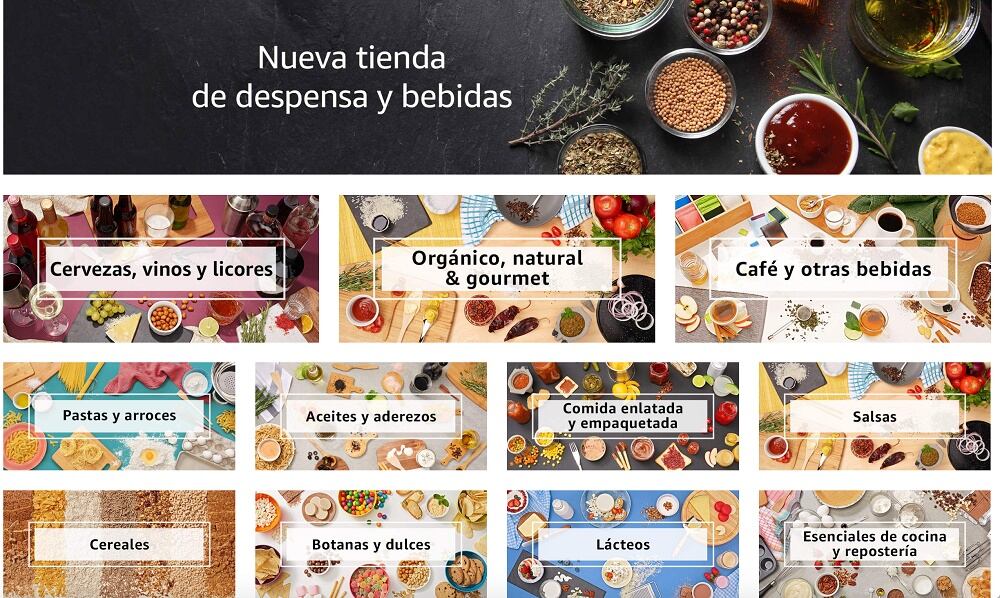But there is hope for established companies and brands if they are willing to take risks and try new approaches to grow their portfolio, package products, build branding and innovate, Brad Jakeman, who is now a senior advisor and consultant at PepsiCo, told attendees at the Food Tech Summit & Expo in Mexico late last month.
“This is a challenging time to be in food and beverage [for large companies], and why I say that is roughly five or six years ago, the top 25 food and beverage companies had about 50% share of the entire category. Now, that is about 45% -- so five points of share over the last seven years has left large food and beverage companies to go to smaller players, and that represents billions of dollars in revenue and represents a major challenge to the economics of large food companies,” Jakeman said of the current environment.
“On the flip side, if you are a small company or entrepreneur, this is the most exciting time to be in food and beverage,” because each challenge facing large companies represents an opportunity for startups to disrupt, he added.
But for proactive large companies willing to disrupt their own business, each of these challenges can represent an opportunity for them as well, Jakeman said.
What led to the current state of disruption?
In order to seize these opportunities though, companies must first recognize what factors are contributing to the current disruption, he noted.
“The first issue is a growing consumer awareness about health and wellness,” he said. “This really didn’t begin, but it certainly accelerated around 2009 when the Atkins diet hit and made consumers suddenly think about the food they put in their system. And then it was greatly accelerated in 2013, which was really the inflection point, when you had even more awareness of food ingredients, greater Internet access to more information – including a great deal more misinformation.”
Hand in hand with this is consumer desire to know more about their food – not just what is in it, but where it is made, how it is made, where the ingredients are sourced, he said.
The third factor contributing to disruption is an erosion of barriers to access. For example, Jakemand said, no longer do companies need mass scale to reach consumers, thanks to ecommerce. In fact, mass scale can slow down innovation by creating additional red tape, he added.
The emerging ecological crisis caused by single-use packaging is the fourth factor that is disrupting the food and beverage industry and pushing consumers towards smaller, more local entrepreneurs who are using innovating package that might not have as long a shelf life, but is easier to compost, reduce, recycle, reuse – or never use, such as how Sodastream eliminates the need for plastic disposable bottle and cans.
The final factor feeding disruption is a general erosion of consumer loyalty to big brands as they see entrepreneurs and startups better responding to their concerns and desires, Jakeman added.
Innovation is no longer restricted to developed markets
The combined result of these factor is there is “very little we can rely on to be predictable,” and industry players must now operate in a period of “business as unusual,” Jakeman said.
This means in part re-evaluating portfolio growth and from where innovation is coming.
“It used to be certainty that developed markets, like the US and Western Europe, developed food brands and pushed them out to the rest of the world and the competition or innovation was really isolated to the big developed markets and the big economies of the world,” Jakeman said.
But now he predicts growth in the category over the next five years will come more from developing and emerging markets “where smaller local brands that are more nimble, have more authentic ingredients.”
Product packaging is evolving
It also means re-evaluting what goes in and outside of products, Jakeman said.
“Fifty-six of consumers who are watching their weight claim to read the label in great detail of almost everything they buy. The number is still pretty high at 28% of people who are not watching their weight. So the movement toward greater scrutiny around labeling is now general,” he explained.
Beyond the now obvious such as wanting familiar ingredients that are sourced responsibly and natural, consumers increasingly also are looking for more information on production is impacting water and the soil as concerns about shortages and erosion grow, he said.
As for the packaging, he noted, there is an increased movement away from single-use plastic packaging as again, consumer concern about plastic in landfills and the ocean increases.
Brand-building is changing
As consumer priorities shift towards health, wellness and sustainability, how they respond to marketing and brand building also is changing, Jakeman said.
“The world of marketing has changed over the last ten years,” where it used to focus on what buying a brand said about the consumer, now it is on what the brand says about the company, he said.
“Consumers want their brands to reveal their true selves. They want to know what these brands stand for on social issues,” including who is running the company and how those individual are reacting to cultural movement as well as other ecological and societal touchpoints, he said.
He explained in an authentic economy consumers care less about what a company makes and more about what makes the company.
Break-through innovation can come from anywhere
The final change large companies need to make in order to stay relevant to modern consumers is to rethink breakthrough innovation, where it comes from and how fast it needs to go from concept to deliverable.
He noted that small players are able to innovate more quickly because they don’t have as much mass to move and as much on the line if they fail, in part because they try new ideas on a small scale first and if it succeeds they push it out to larger markets. Big companies, on the other hand, historically have launched new products nationwide all at once – which means if something is a flop, the losses are higher.
In today’s market, a better strategy is embrace new thoughts quickly by being more open to partnerships across companies and categories.
“This might be big companies working with startups, startups working with big companies and big companies working with government actors to help deal with new regulations or moving the consumer along in the journey of food and beverage,” he said. “It won’t be everybody living on their own island.”
Ultimately, Jakeman said, in order for companies of any size to succeed in the food and beverage space going forward they need to be open-minded and willing to disrupt their own markets before someone else does it for them.


